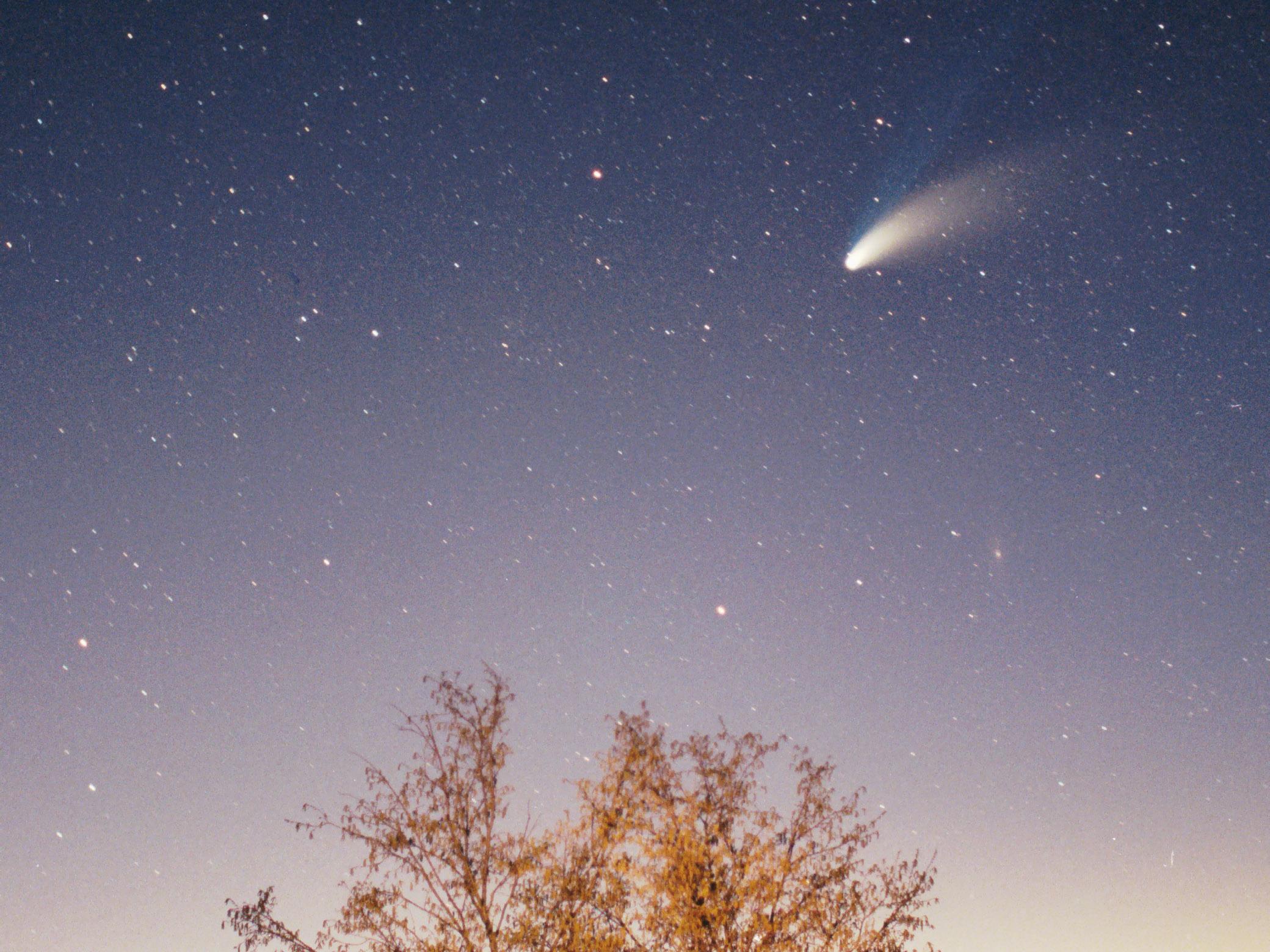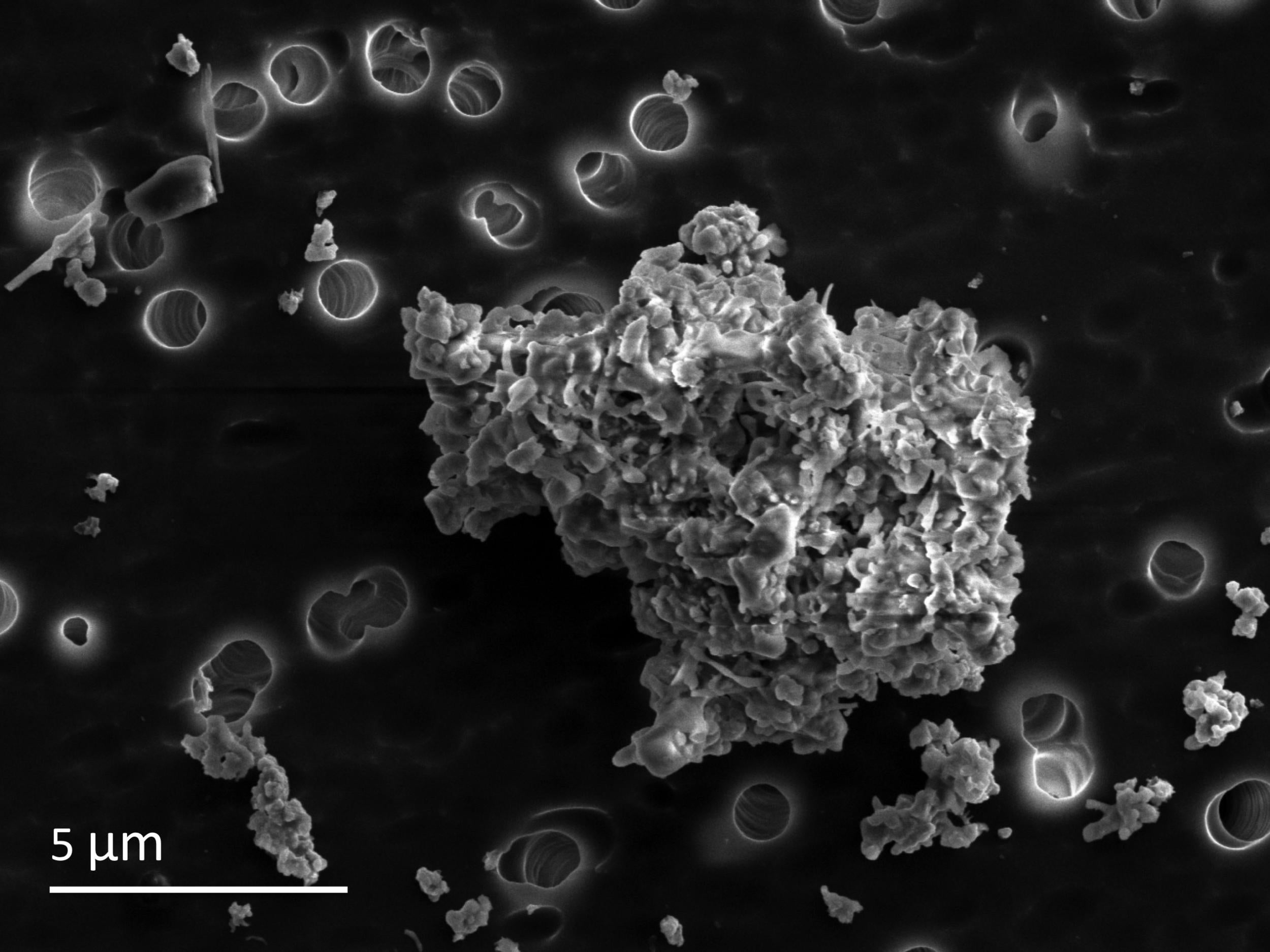Material left over from beginning of solar system discovered in dust from comets
'If we have at our fingertips the starting materials of planet formation from 4.6 billion years ago, that is thrilling'

Your support helps us to tell the story
From reproductive rights to climate change to Big Tech, The Independent is on the ground when the story is developing. Whether it's investigating the financials of Elon Musk's pro-Trump PAC or producing our latest documentary, 'The A Word', which shines a light on the American women fighting for reproductive rights, we know how important it is to parse out the facts from the messaging.
At such a critical moment in US history, we need reporters on the ground. Your donation allows us to keep sending journalists to speak to both sides of the story.
The Independent is trusted by Americans across the entire political spectrum. And unlike many other quality news outlets, we choose not to lock Americans out of our reporting and analysis with paywalls. We believe quality journalism should be available to everyone, paid for by those who can afford it.
Your support makes all the difference.Fragments left over from the initial formation of the solar system have been discovered in interplanetary dust particles.
These “exotic grains” – which themselves originate from comets – provide valuable information about the “very building blocks of planets and stars”, according to researchers.
Our solar system was born in an enormous cloud of interstellar dust and gas.
Astronomical observations have revealed that this dust would likely have consisted primarily of silicate, carbon and ice.
Actual samples of dust from the beginning of our solar system have the potential to teach astronomers a great deal about how it came to be – but the vast majority of potential samples were destroyed and reworked by the processes that formed the planets.
“Stardust grains” have been found preserved in some primitive space rocks, but they are rare.
This means for the most part scientists have relied on astronomical observations and lab experiments to build a picture of the tiny components that formed Earth and our neighbouring planets.

Dr Hope Ishii of the University of Hawai'i at Manoa and her colleagues reasoned the best places to look for more abundant traces of the early solar system would be in the objects that had been altered least.
Specifically, they considered small bodies such as comets that escaped the violent processes that formed the planets.
"This is an example of research that seeks to satisfy the human urge to understand our world's origins," said Dr Ishii.
As comets pass near the sun, they release dust that can enter Earth’s orbit and settle, where it can be collected by scientists.
In samples of these interplanetary dust particles, Dr Ishii and her team focused in on tiny grains called GEMS – or glass embedded with metal and sulphide.
Using electron microscopes to examine these grains, which are around one hundredth the width of a human hair, they found a variety of carbon known to decompose when exposed to even relatively gentle heating.
This confirmed that these grains could not have formed in the hot inner solar nebula where the sun was born, but instead in a cold, radiation-rich environment far away from the action.
"Our observations suggest that these exotic grains represent surviving pre-solar interstellar dust that formed the very building blocks of planets and stars," said Dr Ishii.
"If we have at our fingertips the starting materials of planet formation from 4.6 billion years ago, that is thrilling and makes possible a deeper understanding of the processes that formed and have since altered them."
These results were published in the journal Proceedings of the National Academy of Sciences.
The next step for the research team is to take more comet dust samples, particularly ones that have been well-protected as they passed through the planet’s atmosphere. In doing so, they hope to understand the chemical and physical properties of GEMS that have been present in our solar system for millennia.
Subscribe to Independent Premium to bookmark this article
Want to bookmark your favourite articles and stories to read or reference later? Start your Independent Premium subscription today.
Join our commenting forum
Join thought-provoking conversations, follow other Independent readers and see their replies
Comments